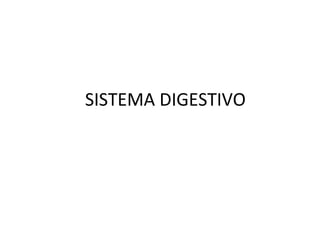HISTOLOGIA-SISTEMA DIGESTIVO USP
- 2. Spatial and temporal aspects of intestinal microbiota composition. A: variations in microbial numbers and composition across the length of the gastrointestinal tract. B: longitudinal variations in microbial composition in the intestine. C: temporal aspects of microbiota establishment and maintenance and factors influencing microbial composition. Sekirov Inna; Shannon L. Russell; L. Caetano M. Antunes and B. Brett Finlay. 2010. Gut Microbiota in Health and Disease. Physiological Reviews 90: 859-
- 5. Neuroscience: Exploring the Brain, 3rd Ed, Bear, Connors, and Paradiso Copyright ┬® 2007 Lippincott Williams & Wilkins There are two opposing views of how taste qualities are encoded in the periphery. a, In the labelled-line model, receptor cells are tuned to respond to single taste modalities ŌĆö sweet, bitter, sour, salty or umami ŌĆö and are innervated by individually tuned nerve fibres. In this case, each taste quality is specified by the activity of non-overlapping cells and fibres. b,c, Two contrasting models of what is known as the 'across-fibre pattern'. This states that either individual TRCs are tuned to multiple taste qualities (indicated by various tones of grey and multicoloured stippled nuclei), and consequently the same afferent fibre carries information for more than one taste modality (b), or that TRCs are still tuned to single taste qualities but the same afferent fibre carries information for more than one taste modality (c). In these two models, the specification of any one taste quality is embedded in a complex pattern of activity across various lines. Recent molecular and functional studies in mice have demonstrated that different TRCs define the different taste modalities, and that activation of a single type of TRC is sufficient to encode taste quality, strongly supporting the labelled-line model.
- 9. Organizaci├│n histol├│gica global del tubo digestivo
- 10. ĘĪ▓§│┘├││Š▓╣▓Ą┤Ū
- 11. El enterocito es parte de la unidad estructural y funcional del sistema digestivo. Membrana especializada en el transporte de mol├®culas Tipos de celulas en el tracto digestivo
- 12. Blood capillaries Lacteal Microvilli brush border Tight junction Desmosome Cell membrane Mitochondrion Rough endoplasmic reticulum Ribosome GolgiŌĆÖs saccule Nucleus Enterocyte Brush border Glycocalyx Glycocalyx Actin filaments Cell membrane Myosin filaments Terminal web Fig. 2-6, p. 30P├Īcha J Physiol Rev 2000;80:1633-1667 ORGANIZACI├ōN DEL ENTEROCITO
- 13. YEYUNO Las C├®lulas Madre de los enterocitos se encuentran en ┬½las criptas de lieberk├╗hn┬╗ los enterocitos tienen un tiempo de vida de 3 a 5 dias Yeyuno: ├Īcido f├│lico o vitamina B9 CICLO CELULAR
- 14. se absorben la vitamina B12 y las sales biliares ├ŹLEON
- 16. APENDICE CECAL
- 17. Ves├Łcula biliar
Editor's Notes
- #13: Figure 2.6 Structure of the absorptive cell of the small intestine.



















